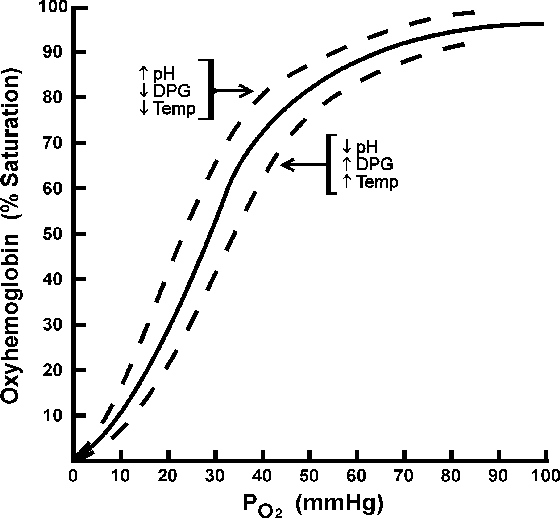The oxygen hemoglobin dissociation curve is sigmoidal in shape because the binding of 1st oxygen molecule is difficult, however once bound, they facilitate the binding of subsequent molecules until the saturation is reached (plateau). This is called the allosteric interaction (cooperativity). Lets come to the mnemonics now. The curve can…

Spaces and Compartments of Hand
Spaces of Hand Deep space infections occur in one of the three anatomically defined potential spaces within the hand. Thenar, mid-palmar and hypothenar spaces Interdigital subfascial web space Forearm space of parona Deep hand space Dorsal border Volar border Ulnar border Radial border Remarks Thenar Adductor pollicis Palmar aponeurosis Middle…
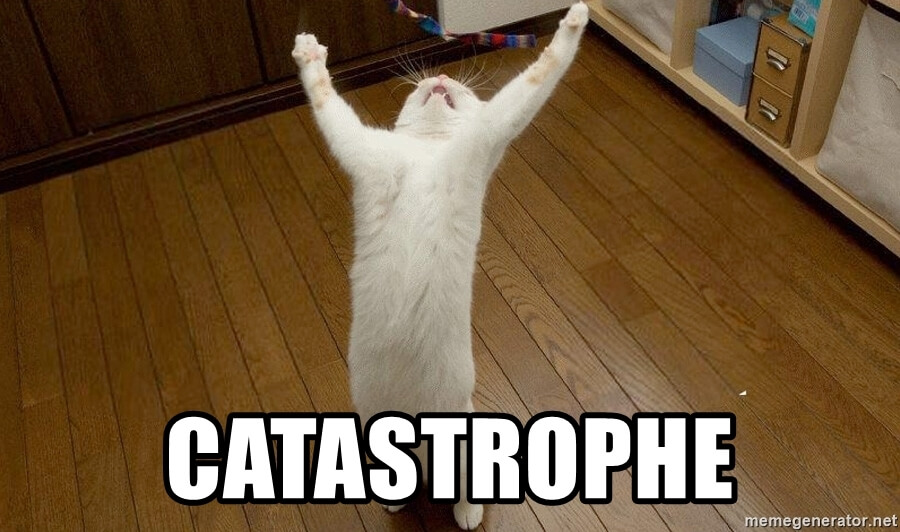
Differential Diagnoses of Older patient’s fall : Mnemonic
Mnemonic: CATASTROPHE 1. Caregiver and housing (information on the circumstances of present fall and falls history) 2. Alcohol (including withdrawal) 3. Treatment (medications, recently added or stopped, compliance) 4. Affect (depression or lack of initiative) 5. Syncope (any episode of fainting) 6. Teetering (dizziness) 7. Recent illness 8. Ocular problems…
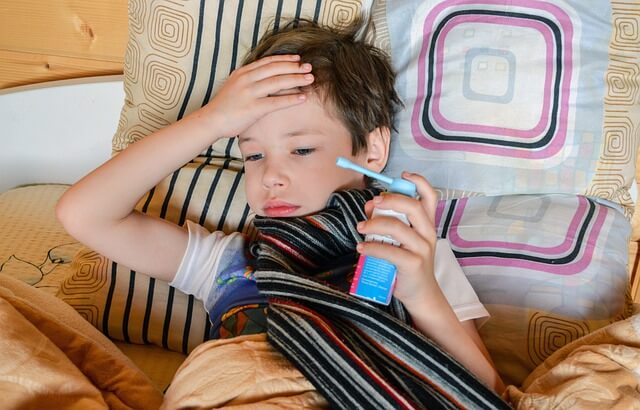
Juvenile Idiopathic Arthritis (JIA) : Mnemonic Approach
Synonym: Juvenile Rheumatoid Arthritis (JIA) Diagnosis of JIA Mnemonic: One Six Sixteen (1, 6, 16) 1: Inflammation of atleast 1 joint (joint involvement: knee > wrist/hand > ankle > hip > c-spine) 6: Lasting for atleast 6 weeks 16: Onset before 16 years age In order to confirm the diagnosis,…
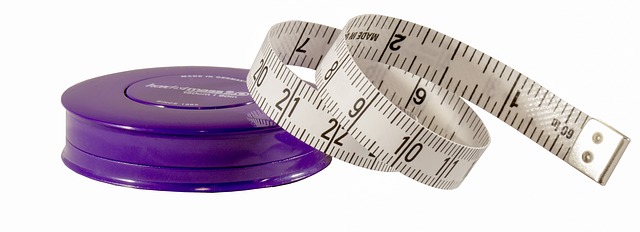
Monitoring your child’s growth
Proper growth of a child is of concern to every parents. Comparing your child with other children of same age group can give you some idea but all children do not have the same growth potential. The birth weight, nutritional status, health, parental height and genotype influence the child’s potential…
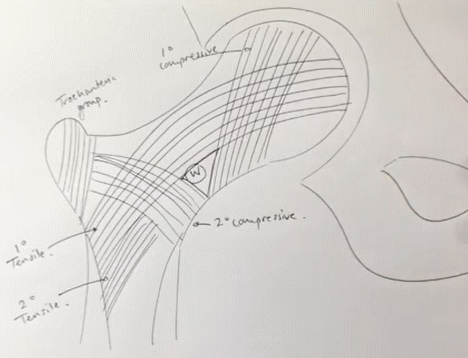
Singh Index for Osteoporosis – Simplified
Pattern of bone loss in Osteoporosis Trabecular bone responds faster to metabolic changes due to greater surface are compared to cortical bone. Non-weight bearing (secondary trabeculae) are lost first. Weight bearing (primary trabeculae) may appear prominent due to loss of other trabeculae and may also become thickened due to compensatory…
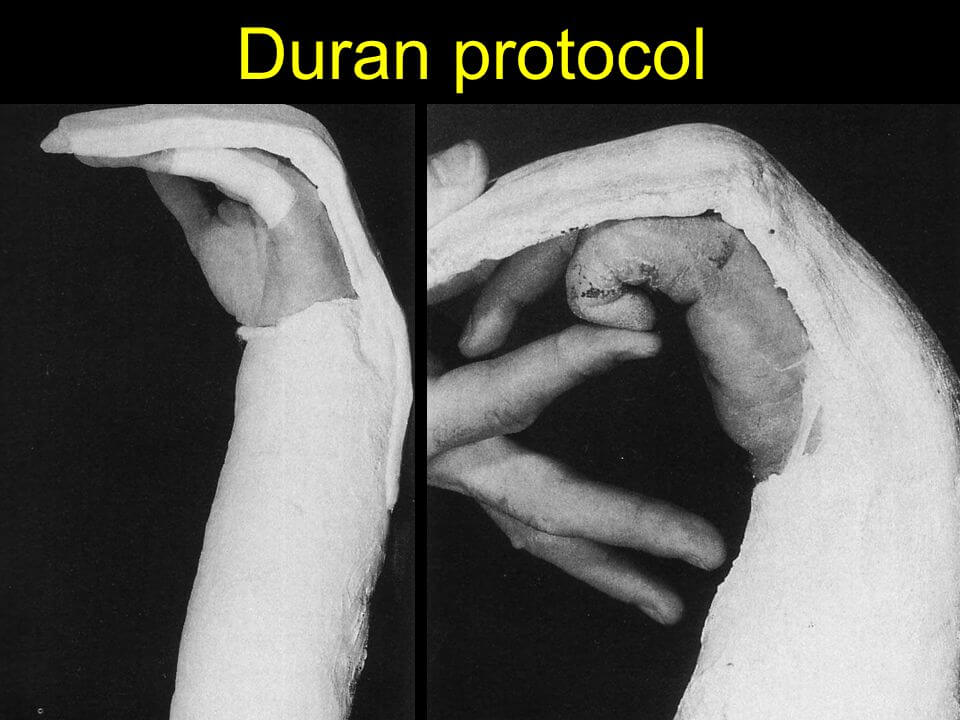
Flexor Tendon Rehabilitation : Simplified
Immobilization Protocol Dorsal blocking orthosis Early stage (0-3/4 weeks) Intermediate stage (4-6 weeks) Late stage (6-8 weeks) Wrist: 20-30 degrees flexionMCP: 40-60 degrees flexionIP: Neutral ROM of elbow and shoulder Increase wrist extension (towards neutral) within splint Tendon gliding exercises (hold each position 3 seconds, repeat 10 times, do 3…
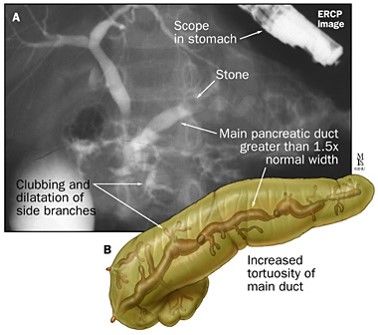
Mnemonic based management of Acute Pancreatitis
Acute pancreatitis along with case based discussion has been already covered earlier here: To remember the initial management of acute pancreatitis, one can remember the mnemonics given below: iPA-NCREAS (Ye et.al.) Investigations: Imaging (CT, MRI or Ultrasonography) Prognostic screen to identify severe pancreatitis Amylase and lipase levels Initial treatment: Nutritional…
